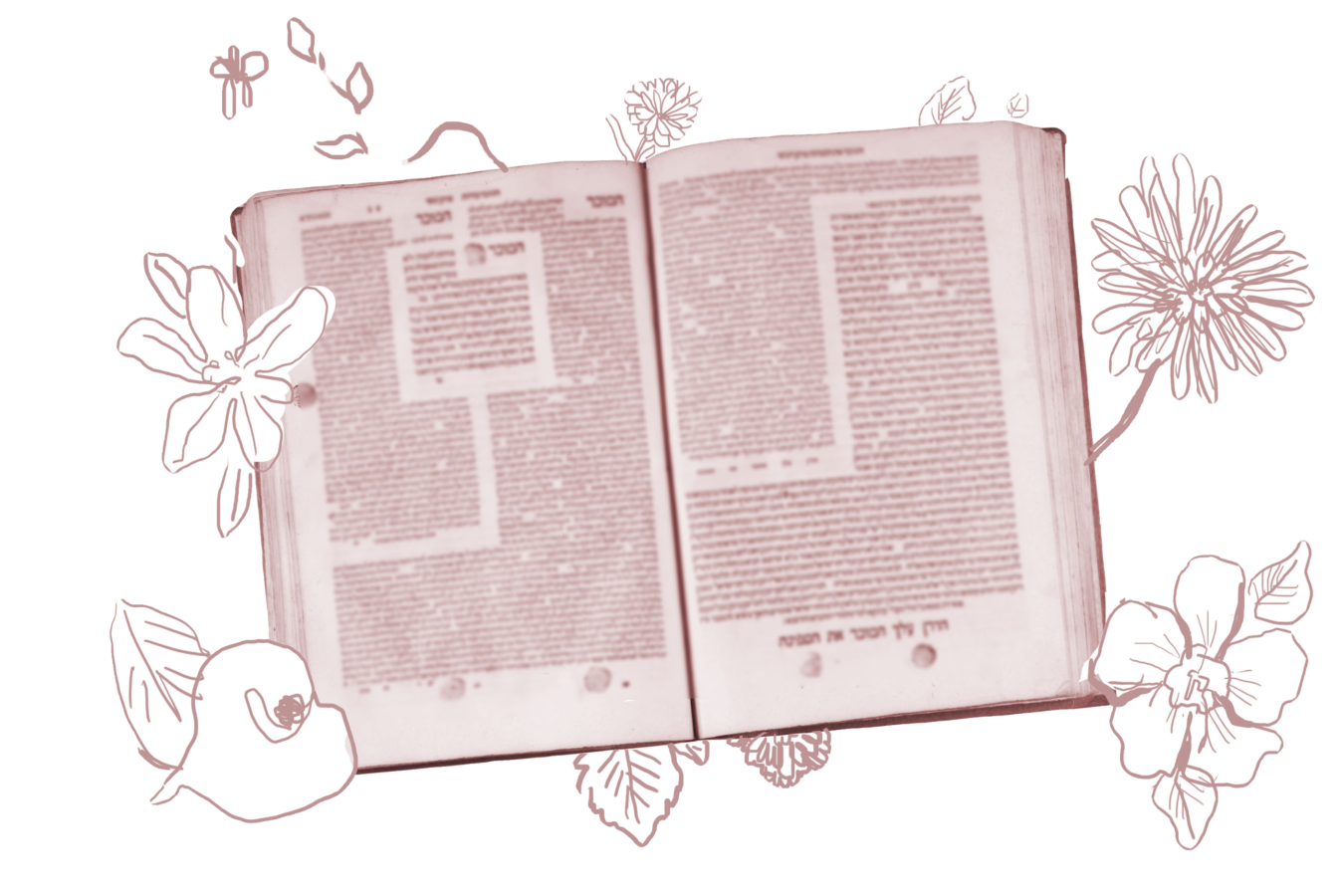How do we know things? Philosophers distinguish between two major approaches to this question. One approach turns to tradition, to teachings passed down from sages of the past. The other approach turns to the evidence of the senses, what we see, hear, and experience ourselves — what today we call the empirical method. This distinction is often given the shorthand of “tradition vs. science,” or more provocatively, “religion vs. science.”
Religious thinkers across traditions have rejected or complicated this binary. And as we see on today’s daf, this distinction has always been a dramatic oversimplification.
The mishnah on today’s daf explores what happens if a nazirite is forcibly shaved by a bandit. Let’s imagine a woman who has shoulder-length hair takes a nazirite vow. The hair on her head at the moment of the vow is pre-nazirite hair. The hair that grows during the term of her vow is the hair that she has consecrated to God. At the end of her vow, she must shave her head and dedicate that hair to God.
In the context of a bandit attack, if the nazirite is completely shaved, then the consecrated hair has obviously been removed and must be regrown. But what if the bandit does less of a shave and more of a trim, leaving some of the nazirite’s hair still on her head? Is the nazirite able to finish her vow, or must she add extra days?
The answer depends on how hair grows. Does it grow from the scalp? Or do the ends extend themselves? Is the new nazirite hair the hair that comes out of the top of her head, or the hair that now reaches below her shoulders? To answer this question, the rabbis turn to the evidence of experience:
Come hear a solution to this question from the live louse, which is found in the root of the hair. And if it should enter your mind that hair grows from the roots, it should be situated on the end of the hair!
If lice attach themselves to the top of the hair and then stay attached to that part of the hair, then as the hair grows, the louse should slowly move away from the scalp with the hair itself, until eventually it is found toward the hair’s end. And yet anyone who had to go through lice checks in school will remember that the nurse checked your scalp, not your ends. So this suggests, to the rabbis, that hair grows from the scalp. But, wait:
Actually, it grows from the ends, and because it is alive the louse continuously descends (up to the scalp).
Lice can crawl and move, this view maintains, and so even if hair grows from the ends and not the scalp, the lice can crawl up toward the scalp and the source of their food (blood).
The rabbis next explore evidence from a non-Jewish hairstyle known as a belorit, composed of tight braids that are left in for an extended period and therefore the part close to the scalp comes loose over time. But they cannot decide if this loosening is due to hair growth at the scalp or the effect of sleeping on the hairstyle.
So next the rabbis move on to dyed sheep’s wool or beard hair which, over time, produces uncolored roots:
And furthermore, when old men dye their beards, they turn white at the roots of their hair. You can learn from it that hair grows from the bottom (i.e. the scalp). Indeed, learn from it that it is so.
Apparently some men in antiquity were self-conscious enough of their grey beards to dye them!
You can’t read a single page of Talmud without seeing just how tradition-oriented the rabbis are. Their respect for rabbinic traditions and teachings shapes how they think about being Jewish and being human. But today’s daf reminds us that in trying to understand their world, the rabbis combine their respect for tradition with the power of their own observations of things as mundane as where lice live on the human head. Rather than tradition versus science, here we see the rabbis combine tradition and science to determine ritual consequences of the nazirite’s forced hair trim.
The post Nazir 39 appeared first on My Jewish Learning.




